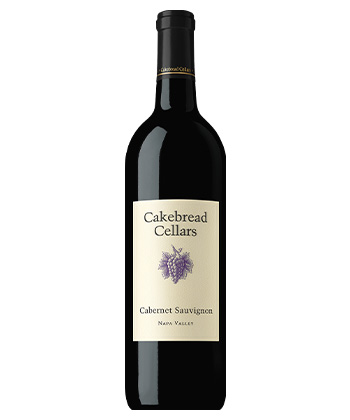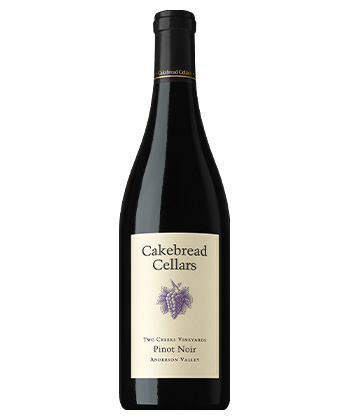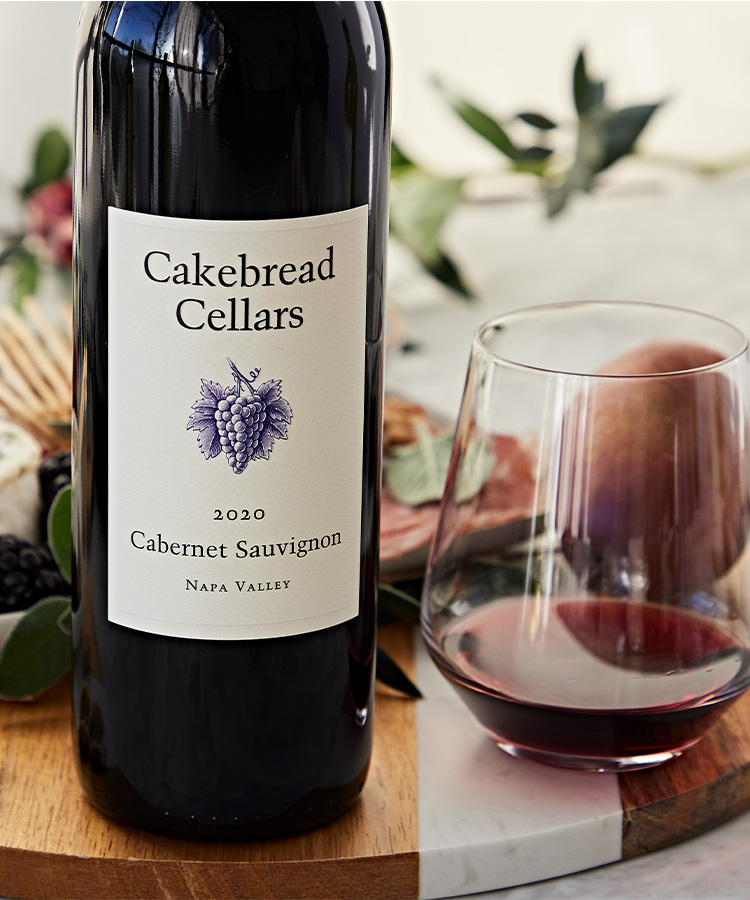
I grew up near Napa Valley in California, and I’ve bopped around the wineries and vineyards there alongside my parents for as long as I can remember. Seeing the magic of winemaking, the blending of art and science, and the lifestyle of a glass of wine among friends inspired me to become a wine writer. I still love visiting today.
But here’s the kicker: I’ve never been an outspoken proponent of the wines. In fact, I rarely want to open a bottle.
This may sound blasphemous, but many Napa wines don’t appeal to me. I often found the wines to be too bold, too oaky, too tannic, too much of everything — all the reasons you often hear from someone with negative opinions about Napa Valley wine.
However, there’s one winery that has always managed to evade my stereotypical expectations, and that’s Cakebread. Located on the valley floor in Rutherford, with a lineup that includes Cabernet Sauvignon and Chardonnay, it’s a heralded brand by many, but one that would appear to be the antithesis of the cool-climate, high-elevation wines that I tend to drink more often.
These wines have proven my previous opinions about Napa wines wrong. The Cakebread winemaking team crafts elegant versions of local varieties that bring balance to the forefront. Many of their wines are blends of grapes from warmer parts of the region alongside grapes from vineyards that are closer to the California coastline, where evening temperatures drop and bay breezes keep the vineyard chillier. (They own 18 vineyards across six appellations.) This approach lends more structure and balance to the final wine.
Forward thinking seems to be Cakebread’s modus operandi. The founders, Jack and Dolores Cakebread — it’s really their last name! — were early adopters of the American wine movement in Napa. The couple purchased 22 acres of land in 1972 and released their first wine in 1973. Their flagship Chardonnay celebrated its 50th anniversary in 2023. The Cakebreads were also pioneers of farm-to-table cuisine, by offering dishes with ingredients from their on-site garden as accompaniments to their wine tastings. And in 2008, Cakebread became the second winery ever to be Napa Green certified.
I can’t remember my first visit, but I recall that every time it has been an inviting, hospitable experience with wines that impressed even the biggest Napa cynic (moi).
Chardonnay was my entry point, but as you may have guessed, I’m a recovering ABCer (Anything But Chardonnay.) In my 20s, tasting Chardonnay wines from Chablis, Burgundy, Sonoma, and other parts of the world, I realized that there are balanced approaches to vinifying this varietal with styles that are not too buttery, too oaky, or too creamy, common terms to describe the stereotypical Napa Chardonnay.
Somehow, Cakebread has evaded the stereotype despite being right in the heart of Napa Valley on Highway 29 in Rutherford. They will tell you that the secret to the success of their Chardonnay is using grapes grown in Carneros, the coolest and windiest appellation in Napa Valley, with proximity to the San Pablo Bay and the foothills of the Mayacamas Mountains. Cakebread pulls back on the typical Napa oak influence. Only 30 percent of the wine is aged in new French oak — compared to as much as 80 percent at many other local wineries — and uses malolactic fermentation for only a tiny percentage of the wine.
The result is a Napa Valley Chardonnay that drinks much more like a white Burgundy while still nodding to its Napa home. (Just enough that I can manage it!)
Producing a Cabernet Sauvignon in Napa Valley is a tall order, and Cakebread approaches their Cabernet Sauvignon from the point of view of a wine aficionado who wants instant gratification. Gone is the need to put the bottle away in the cellar for 10 years and forget about it, because the “wine isn’t ready.”

Cakebread’s Cabernet is easily drinkable upon release with its smooth body, silky tannins, and flavors of dark fruit with notes of baking spices. To make this balanced offering, the winemaking team incorporates grapes from estate vineyards throughout Napa Valley, including Calistoga, Howell Mountain, Rutherford, Oakville and Suscol Springs in the southern part of the valley. They also source fruit from long-standing relationships with family-owned vineyards across the appellation.
The flavor profile is a balance of delightful easy drinking with nuanced flavors that also satisfy iconic Napa Cab sensibilities.

Similarly, Cakebread produces an impressive Pinot Noir that I proudly open for any red wine lover I’m hosting at home. Pinot Noir is a tough grape for a Napa Valley producer, given they must compete with the sought-after wines from the Sonoma and the northern coast nearby, hence why Cakebread hopped over the county line to Mendocino. Cakebread produces the Two Creeks Vineyards Pinot Noir from two estate vineyards along the coast in Anderson Valley. For us Pinot Noir fans, this wine celebrates the refined Burgundian style with fruit from a premier cool-climate appellation — no Coravin necessary to appreciate it.
If you need another reason to pop open a bottle of Cakebread wines, look no further than their Sauvignon Blanc. I’ve always said that the wine is the sleeper hit of Napa Valley. It’s a grape that thrives in many parts of the valley, but is rarely showcased the way this one is. Cakebread’s Sauvignon Blanc blends grapes sourced from various vineyards situated in cooler growing climates to produce a zesty and crisp white wine that’s absolutely perfect as an aperitif.
So whether you’re in the mood for a refreshing white wine before a dinner, a glass of citrusy Chardonnay with an appetizer, or a great expression of a California Cab (or Pinot!) for everything else, pour a glass of Cakebread and be instantly transported to a patio in Napa Valley. Cheers!
This article is sponsored by Cakebread Cellars.
